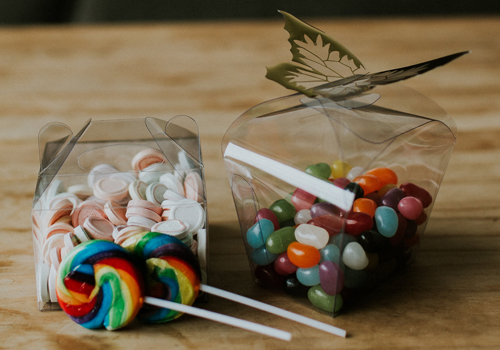Shiloh Plastics will be closed for our Christmas Break from Monday the 23rd of December 2024 until Friday the 10th of January 2025. Last dispatch day will be Thursday the 19th of January 2024. The team at Shiloh Plastics wish you a Merry Christmas. See you again in the New Year.
What is fabricating plastic packaging?
Fabricating plastic packaging is one of the two processes that we undertake at Shiloh Plastics. This process of fabricating means constructing or manufacturing, especially from prepared components. In our business, when we talk about fabricating plastic packaging, we are talking about using taking one or more pieces of cut or possibly molded plastic, and gluing them in a way that forms a container. While some of the components to these packs are vacuum formed, the thing that distinguishes fabricated packages from blister packs is that they are glued.
Hands on process
The gluing process is done by hand, and therefore this range tends to be a more expensive option than our blister pack range. However the minimum order quantity is much lower – usually 100 – 200 items, compared to blister packs, where the minimum is often 1,000 pieces. Check our product lists for the exact minimum amounts.
Our fabricated range:
Our standard range of fabricated plastic packaging includes a large variety of sizes in quite a number of different styles. We offer you the following:

Among our range, we have flat packed or fully assembled packs. Check out our separate product pages for more information.
Custom made packaging is an option
If you can’t find something within our range of fabricating plastic packaging that is exactly what you are looking for, designing a custom fabricated pack can be a good option. Boxes, cylinders, pillow packs or even simple trays are easily designed, and we would be happy to discuss with you the viability of creating a new package. Most of the time, the only tooling required is a knife, and so long as you order a minimum of 500 pieces, you will only need to pay a contribution towards that. A mold is only required for new cylinder diameter sizes or new display boxes. In these cases, the tooling would be more costly.

